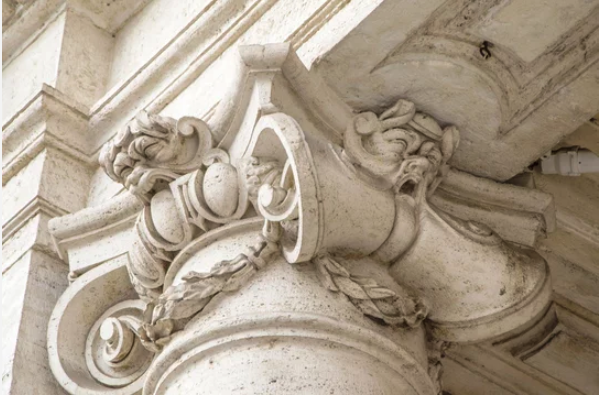This week in diplomatic and military history: November 24
William Cowan | Nov 24, 2014
November of 1835 was an important month for the Texas Revolution. On the first of November, Texian forces officially began their attempts to take San Antonio de Bexar from Mexican troops. The Mexicans numbered over six hundred strong and were led by General Martín Perfecto de Cos, brother-in-law to Mexican President Santa Anna. They had set up strong defensive positions in the city and were fiercely fighting off the lurking Texian revolutionaries who assembled west of the Mexicans’ positions. Two weeks after the siege began, the Texas Consultation named Sam Houston commander-in-chief of the Texas Army, and he helped organize the Texian Army to be a more battle-ready, efficient force; that same day Henry Smith was also named governor of Texas. Finally, on the 26th of November, the “Grass Fight” began between Texian troops from Gonzales and Mexican troops from San Antonio.
The Grass Fight is one of the lesser-known skirmishes of the Texas Revolution, however it was crucial in gaining civilian support for the war. Moreover, it confirmed to the newly elected Mexican President, Santa Anna, that the Texian rebels were a serious threat to his newly-formed government. This is evident by the fact that, two days after the “Grass Fight,” Santa Anna departed from Mexico City to take back Texas.
With San Antonio de Bexar surrounded by Texian rebels, Mexican forces tried to sneak in supplies without interference. Early one morning, intelligence gatherer Erastus Deaf Smith informed the Texians of a traveling Mexican supply train. The rebels, led by Edward Burleson, William H. Jack, and the renowned James Bowie, decided to capture the supply train’s goods, hoping to prevent weapons and ammunition from reaching the Mexican forces at San Antonio. The two opposing sides met along Alazan Creek just west of the city. In his diary, Robert Hancock Hunter, who participated in the battle, wrote, “…the Mexicans backed down in the hollow, which was about 10 or 12 feet deep, we were not more than 15 feet apart. We shot at a [sic] angle of about 45 degrees down at them, we kild [sic] some 35 or 40 Mexicans” (Hunter 78).
Despite incoming Mexican infantry, cavalry, and artillery reinforcements, the Texians were very successful in the fight. No Texians died in the battle but the number of Mexican casualties is debated to be between five and fifty. The victorious Texian militia brought back the pack animals of the supply train to their camp and discovered their reward. Inside the sacks the mules carried were large bales of hay intended to feed the Mexican horses in San Antonio.
While the battle may not have been logistically important to winning the war, the Grass Fight increased the morale of the Texians greatly and caused more volunteers to enlist into the Texian militia. The idea of defeating the better-equipped Mexicans and gaining independence for the region was finally becoming a reality. The momentum continued and the Texians soon took the Alamo the following month. Over a thousand Mexican troops surrendered and were sent back to Mexico by the Texian revolutionaries. The Texians decided to spare the Mexican soldiers as long as they swore not to hinder Texian independence again. The Texians then started taking defensive positions in the Alamo to prepare for the incoming troops from central Mexico.
Photo courtesy of www.tamu.edu.
Bibliography
Alwyn Barr, Texans in Revolt: The Battle for San Antonio, 1835 (Austin: University of Texas Press, 1990).
Hunter, Robert Hancock. “A Guide to the Robert Hancock Hunter Diary, 1813-1892.”
Texas Library and State Archives. Briscoe Center for American History.




